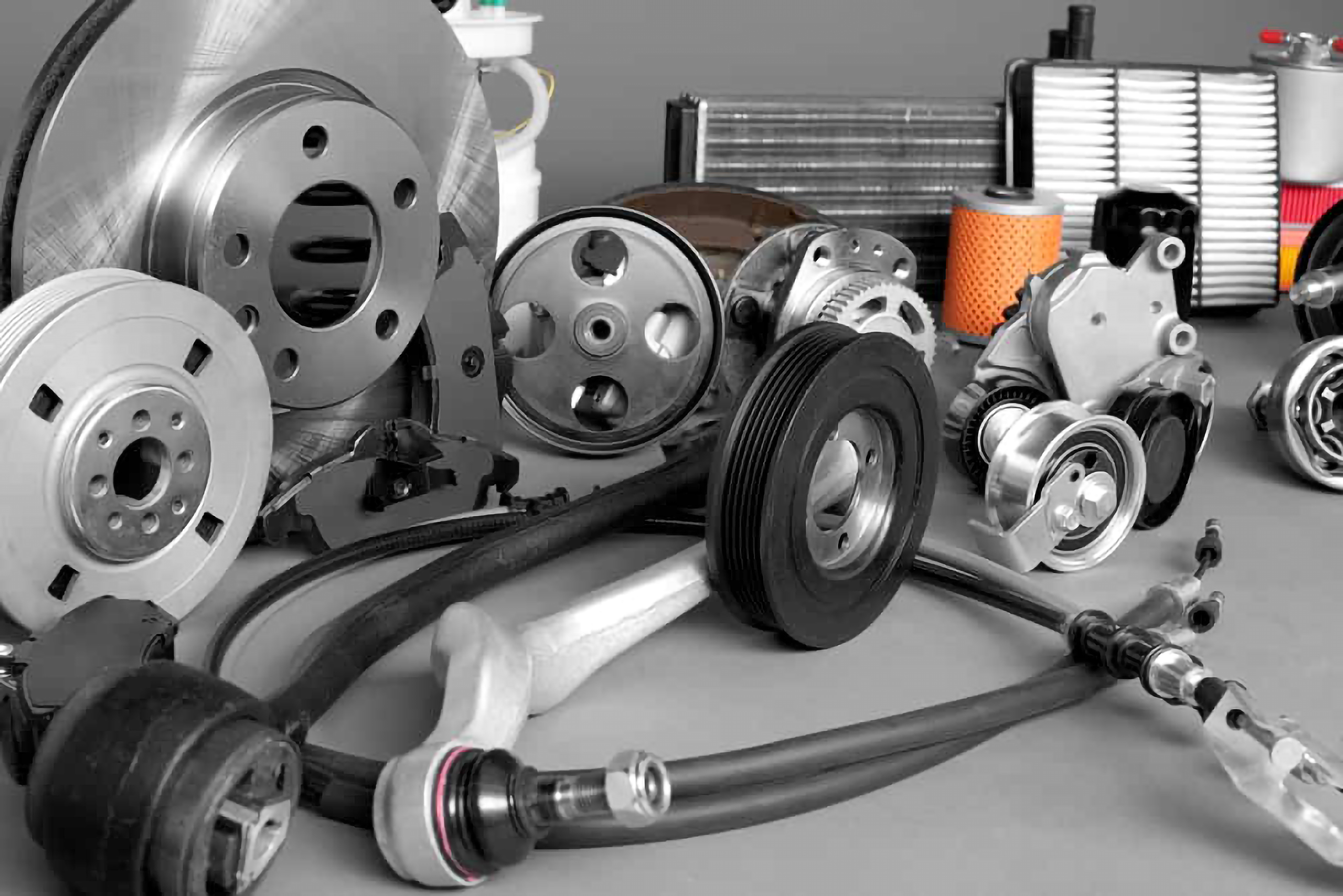Product information
What are OEM parts? The differences between OEM, ODM, and OBM
OEM Parts are components manufactured by the original equipment manufacturer and then supplied to brands for assembly into a finished product. Understanding OEM parts helps customers make the right choice for their needs and intended use. The following article provides detailed information on What are OEM parts? The differences between OEM, ODM, and OBM in industrial manufacturing.
What are OEM parts?
OEM parts (Original Equipment Manufacturer) are genuine components produced by the original equipment manufacturer, then supplied to automakers for assembly into complete products, meeting high quality and technical standards.

Based on vehicle types, OEM parts are commonly divided into three main categories:
- Parts for commercial vehicles:
- Heavy Commercial Vehicles (HCV)
- Light Commercial Vehicles (LCV)
- Parts for electric vehicles:
- PHEV (Plug-in Hybrid Electric Vehicle)
- HEV (Hybrid Electric Vehicle)
- BEV (Battery Electric Vehicle)
- Parts for passenger cars.
OEM auto parts often include: body components (windows, doors), electrical systems (lighting, switches, gauges, sensors, cameras, ignition systems), drivetrain (engine, gearbox, drive shafts), chassis (frame, suspension, braking system), and interior (seats, dashboard, audio system),…
View more: What is the difference between OEM and Aftermarket Auto Parts?
Advantages and disadvantages of OEM parts
Advantages
- High durability: OEM parts are manufactured according to the original specifications, ensuring long-lasting performance for customers.
- Superior quality: Produced directly by original manufacturers, OEM parts guarantee high quality that meets each brand’s technical standards.
- Good warranty policy: OEM manufacturers usually provide warranty services and customer support when using OEM parts.

Disadvantages
- Available only at authorized dealers: Customers must order OEM parts through authorized dealers or official suppliers.
- Designed exclusively for specific models: OEM parts are usually manufactured for a particular vehicle line and may not be compatible with other models.
Differences between OEM, ODM, and OBM in industrial manufacturing
OEM
OEM (Original Equipment Manufacturing) refers to manufacturers who produce goods based on the customer’s design and sell them under the customer’s brand name. OEM services typically cover the entire process from solution research, material sourcing, prototyping, to final production.
Products commonly produced under the OEM model include: consumer electronics, household appliances, automotive and motorcycle parts, bicycle components, fashion accessories, furniture, and more.

ODM
ODM (Original Design Manufacturer) refers to manufacturers with the capability to design products according to customer requirements and launch them under the customer’s brand name.
ODM services include end-to-end solutions from research and design to complete production. Products typically made under the ODM model include clothing, footwear, cosmetics, home décor, and more.

OBM
OBM (Original Brand Manufacturing) refers to manufacturers who develop and produce products under their own brand name.
OBM companies handle the full value chain – from R&D, design, production, to marketing and branding. This allows them to fully control the production process, pricing, and product quality.
Products made under the OBM model include consumer electronics, navigation devices, IoT products, medical equipment, industrial and electronic devices, and more.

Which business model should you choose?
The choice between OEM, ODM, and OBM depends on multiple factors: product type, production and design capabilities, brand objectives, business strategy, financial resources, and human capital.
- OEM: Best suited for businesses that want to produce products based on their own design, focusing on brand building and sales without heavy investment in production facilities.
- ODM: Suitable for businesses that want custom products but lack design and manufacturing capabilities, allowing them to focus on marketing, sales, and brand growth.
- OBM: Ideal for businesses with strong financial resources, professional staff, in-house design and production capacity, and a long-term strategy to develop exclusive brands and maximize profits.
In summary, choosing the right model depends on each company’s needs, capabilities, and limitations, helping businesses optimize resources, improve manufacturing efficiency, and enhance competitiveness in the market.
View more: OEM vs Contract Manufacturer: Pros, Cons & How to Choose
THACO INDUSTRIES – A leading OEM manufacturer in Southeast Asia
With over 20 years of experience in mechanical engineering and supporting industries, THACO INDUSTRIES has integrated its strengths to enhance competitiveness and become a leading OEM manufacturer in Southeast Asia. The group operates across multiple sectors, including auto parts, industrial components, household goods, and specialized equipment.
THACO INDUSTRIES has a large-scale production system with modern, highly automated facilities, including an R&D Center, Mechanical Complex, and multiple component factories. The company has invested more than USD 850 million, covering 320 hectares with nearly 8,000 employees.

The group follows a closed-loop value chain model, covering R&D, product development, manufacturing, assembly, installation, commissioning, and maintenance, all to meet high technical standards. This allows customers to order complete sets of parts and equipment without relying on multiple suppliers.
Currently, THACO INDUSTRIES’ products are exported to North America (such as the United States, Canada, and Mexico), Northern Europe, Australia, South Korea, Japan, Malaysia, and Cambodia.
If you are looking for a reliable OEM manufacturer with high-quality parts, please contact us directly via hotline: 0348620063 for the fastest consultation and support.


